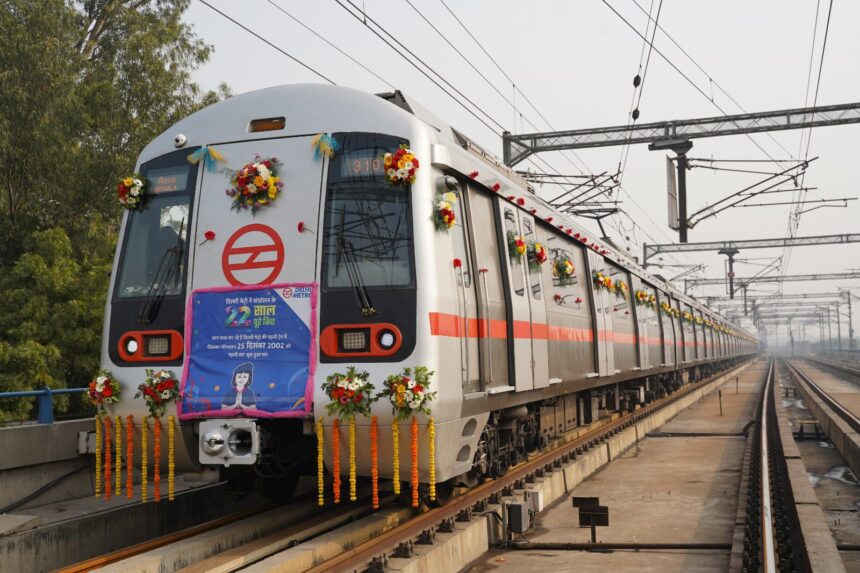NewzVille Desk
Covering over 1,000 km across 11 states and 23 cities, India has become the third-largest metro network in the world. Metro systems have transformed travel in India. Millions of people rely on them for quick, easy and affordable travel.
On January 5, Prime Minister Narendra Modi inaugurated the 13 km stretch of the Delhi-Ghaziabad-Meerut Namo Bharat corridor, which will greatly ease travel between Delhi and Meerut. In addition, the PM launched a 2.8 km stretch of Delhi Metro Phase-IV, benefiting West Delhi and laid the foundation for the 26.5 km Rithala-Kundli section, further strengthening connectivity between Delhi and Haryana.
These projects represent a major milestone in transportation, as metro systems now cover greater distances and serve over 1 crore passengers daily. With this growth, India has surpassed Japan in Metro Rail Projects in 2022. Currently, India ranks third globally in operational Metro network length and is about to become the 2nd largest Metro network in the world.
Metro expansion in India has gone beyond just land-based transport, embracing innovative solutions for the future. From under-river tunnels to driverless trains and water metros, India is setting new standards in modern urban mobility.
India’s first under-water metro tunnel in Kolkata, where the Esplanade-Howrah Maidan section passes beneath the Hooghly River. This remarkable feat showcases India’s engineering capabilities.
India launched its first-ever driverless metro service on Delhi Metro’s Magenta Line, setting a new benchmark for automation in public transport.
Kochi, Kerala, became the first city in India to launch a Water Metro Project, connecting 10 islands around the city with electric hybrid boats. This groundbreaking initiative ensures seamless connectivity.





